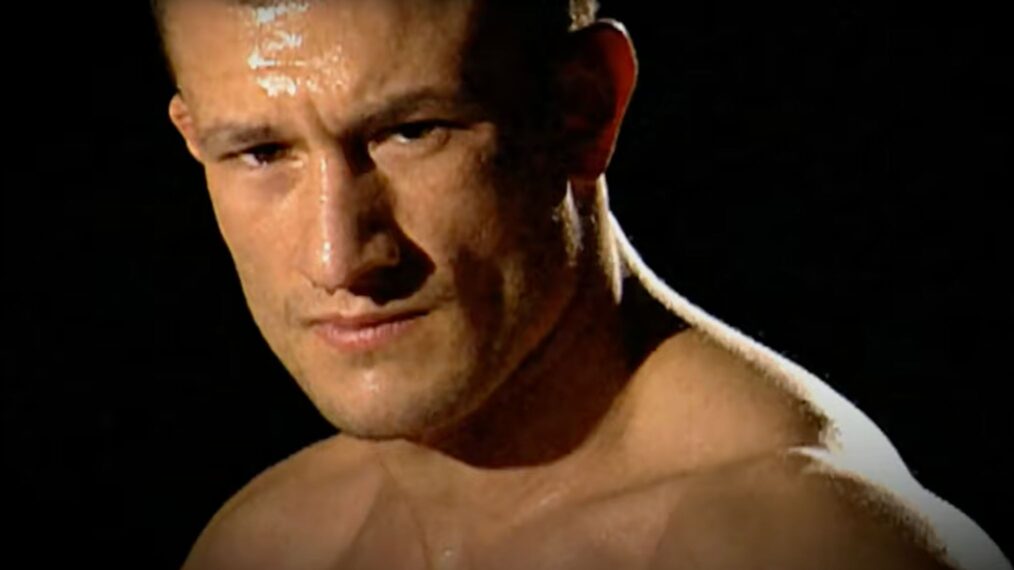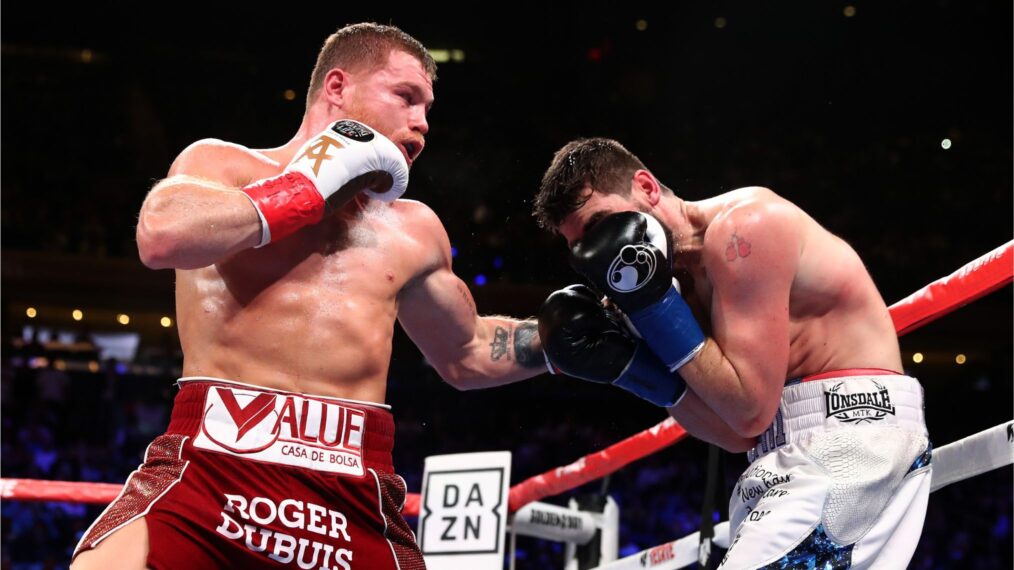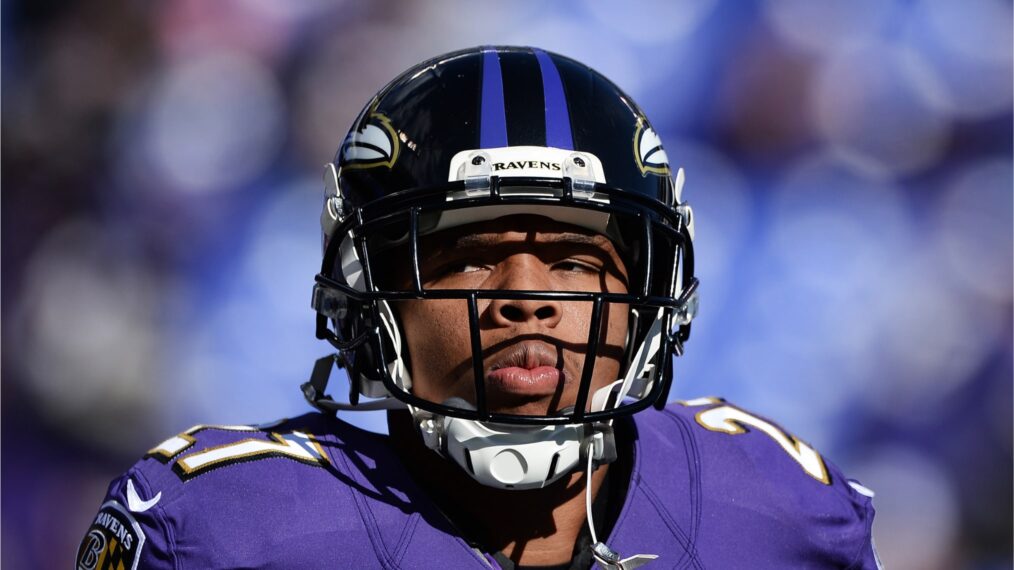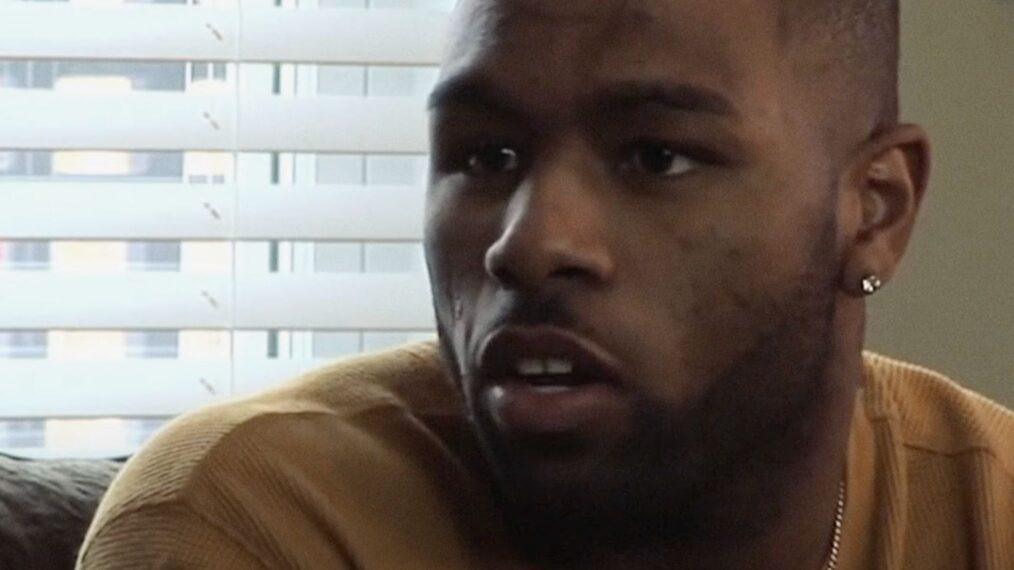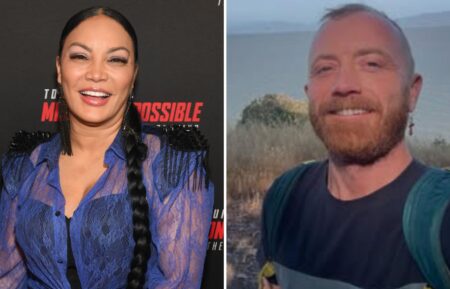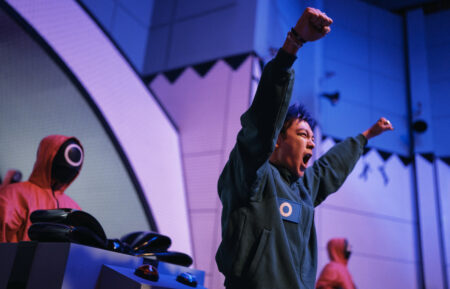‘American Sports Story’: 8 More Athletes FX Show Should Cover After Aaron Hernandez
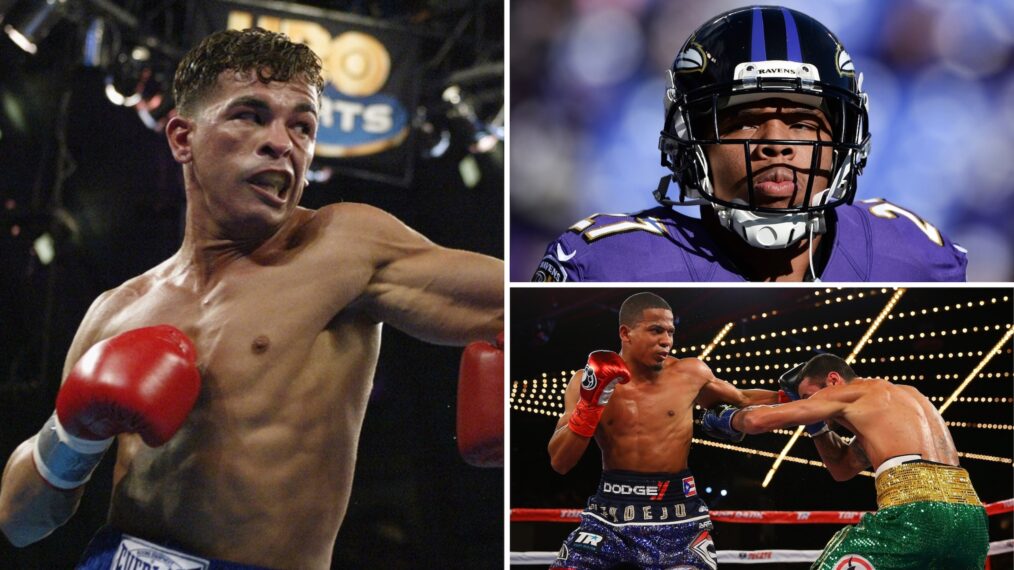
Aaron Hernandez could have been one of the greatest tight ends in NFL history. Instead, he’s the subject of American Sports Story on FX, an anthology series that explores the stories of the most polarizing, controversial, and infamous figures and events in sports history.
Hernandez grew up in Connecticut, a state that most college football scouts wouldn’t even consider visiting. But when you’re a 6’1, 245-pound wrecking ball of a tight end and pass rusher, you quickly become the desired acquisition of a football powerhouse like the University of Florida.
More than 100 catches, 1,311 receiving yards, a dozen touchdowns, and a national championship later, Hernandez found his way into the NFL as a member of the New England Patriots. He was electric, amassing more than 2,000 total yards and scoring 18 touchdowns in 38 regular-season games. However, his athletic accomplishments rarely come up when his name is mentioned.
Hernandez was violent, struggled with addiction, exhibited abusive behavior, and suffered from chronic traumatic encephalopathy (CTE). He was ultimately convicted of murdering Odin Lloyd in April 2015 and accused of killing two others. He was sentenced to life in prison without the possibility of parole. On April 19, 2017, five days after being acquitted of two murders, Hernandez was found dead in his prison cell. His death was ruled a suicide.
Unfortunately, Hernandez is not the only athlete with a dark, fatal, and cautionary story. The stories of O.J. Simpson, Tanya Harding, and others come to mind. As American Sports Story nears the end of its first season, here are eight potential stories for Season 2.
American Sports Story: Aaron Hernandez, Tuesdays, 10/9c, FX (Next day on Hulu)
From TV Guide Magazine
How 'Countdown' Recruited Jensen Ackles to Go Full 'Die Hard'
Countdown boss Derek Haas talks creating the character around Ackles, and the cast teases the “Avengers”-like team of the crime thriller. Read the story now on TV Insider.


